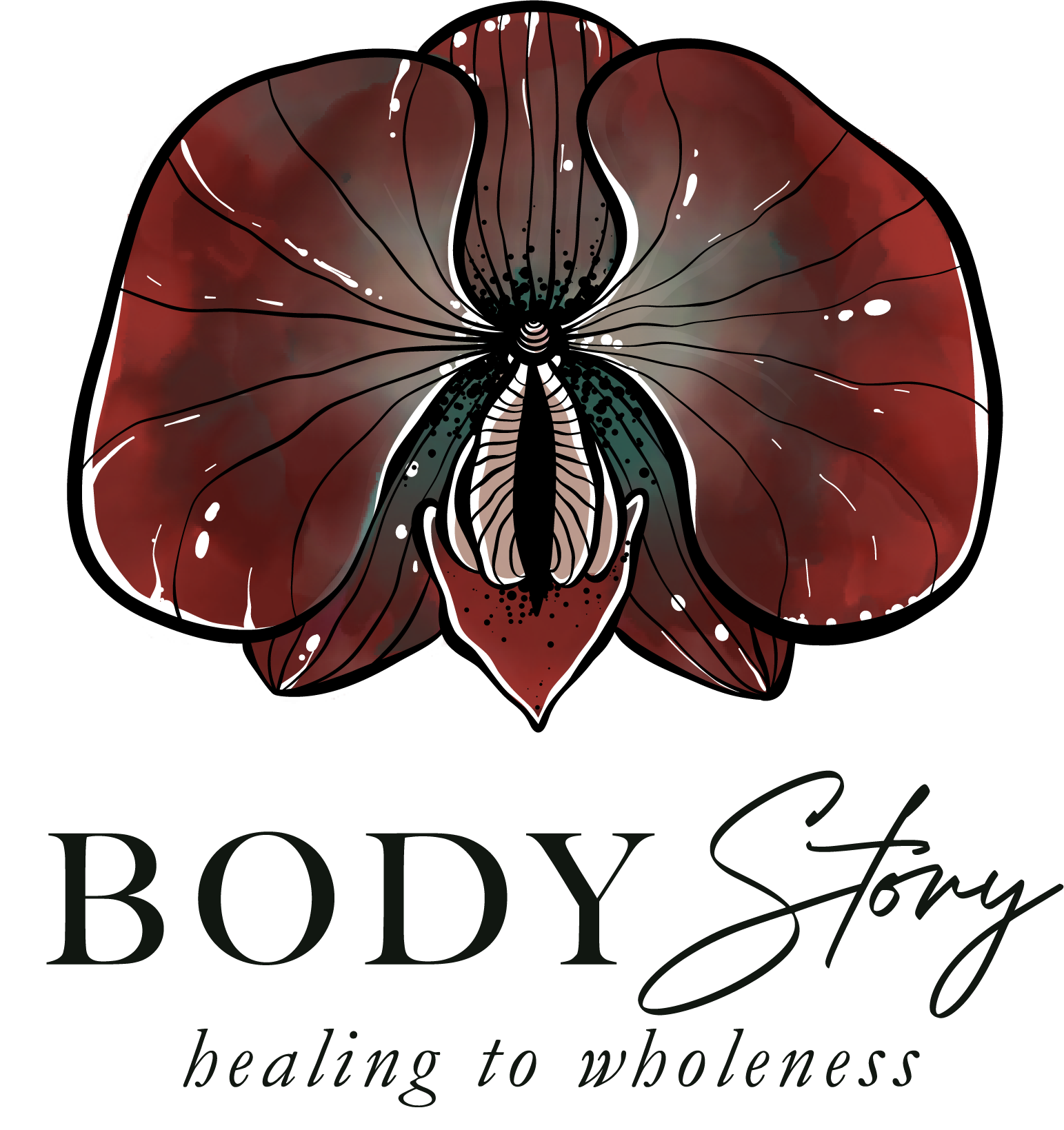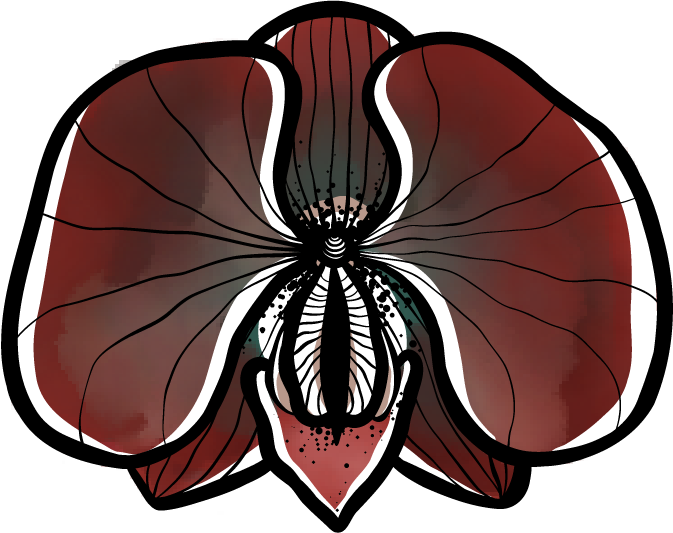When it comes to healing, the way up isn’t always down.
I’m speaking in terms of the nervous system, of course. And I’m speaking to the multitude of teachings that focus on attuning to calm as the definition of healing.
What I’m saying is that true nervous system health involves more than just finding deeper states of chill.
I’ve been training in healing work for 25 years. Although my training has covered a range of modalities in which I’ve delved quite deeply (I don’t do lite weekend immersions…I’d rather sink my teeth into the flesh of a topic for months and years), the vast majority of what I’ve learned are ways to find calm.
I’ve been trained to find calmness through breath, meditation, yoga asana, energy healing, herbal medicine, Ayurveda, womb massage, etc., etc.,…all of these focused on eliminating action and heightened arousal as a way to relieve stress.
None of these teachings or techniques are wrong. In fact, they have brought incredible healing to my body and mind and are important parts of my toolbox as a healer. But over the years, I began to wonder about the other side.
The other side – you know, the healing that comes from an aroused, enlivened state.
Because I’ve been on enough crowded dance floors to know that excitement, loud sounds, rapid and jerking movements makes me feel really good. I’ve made love enough times to understand that a loud scream that can sound like terror to a passerby is actually a sudden release of muscular and mental tension.
After all my years of holding it together, I found that there’s something magical about shaking it out.
Nervous System 101
Activation of the “up” side of the nervous system is a valuable form of healing that must not be overlooked.
To understand what I mean when, I’ll begin with an extremely high-level introduction to the nervous system.
Inside your body are thousands of nerve endings that transmit energetic/biochemical signals to move us in two main directions – high energy or low energy. This high-energy state, often called activation or arousal, is governed by the sympathetic nervous system (typically known as fight/flight). The converse is the low-energy, relaxed state, which is managed by the parasympathetic system (often defined as rest-and-digest).
Put simply – when we are running at top speed, we are in an aroused state. When we are lying in a hammock, we are in a relaxed state.
What’s the Best Nervous System State?
Contrary to popular opinion, the sympathetic state is not the “bad” one and the parasympathetic state is not the “good one.”
While daily exposure to fight/flight without reprieve can leave us depleted, an aroused state is necessary for taking necessary action in life, defending ourselves and others, and self-expression.
On the flip side, too much parasympathetic system engagement – a state of collapse that can come from extended hyperarousal – can lead to lethargy, depression, a lack of motivation, and low enthusiasm. (It’s a controversial opinion to hold in a time of weed shops on every corner, but this kind of overrelaxed state is often present in daily cannabis users who can struggle to find the motivation to identify their desires and shape life accordingly. I speak from experience as a former daily user.)
Arousal is not necessarily bad. Relaxation is not necessarily good. Context matters greatly.
The Context
In fact, context is everything.
What I’ve come to understand is that the sign of true nervous system health is the ability to access a complete range of responses in the appropriate context.
When it’s time to curl up in bed for the night, the last thing we need is for our minds and bodies to signal danger when none exists in manifest form. That is a time to drop into a relaxed state and give our bodies the rest they need to repair and prepare for the next day.
Likewise, when we (or someone we love) are in a state of immediate threat, it helps little to take deep breaths in a seated position. That is a moment to take quick action, whether by fighting back or running away when fighting is of no use.
In short, we must learn to play all 88 keys if we want to understand what kind of music we’re capable of.
The Nervous System and the Power of the Erotic
It was through my studies of the erotic – a path that leads me on both personal explorations and professional studies of somatic sex education, kink, Taoist sexual practices, and more – that I found a way to, er, ride, both worlds of the nervous system effectively.
This course of study of erotic power has been so transformative for me and those I have worked with that it is the primary way that I teach this ability to traverse the nervous system, repair trauma, and befriend the body.
Here’s why: To be engaged with the erotic requires both the sympathetic and parasympathetic nervous systems, each in their own turn and at the highest degree of their functioning. The erotic is the primary form of play that adults use, and play results in greatly expedited learning.
The Healing Power of the Erotic
The erotic is about far more than sex, but we will drop into the physical act of sex as a grounding point as it’s what most people are familiar with.
In order to feel turned on – passionate, wanting, receiving – the parasympathetic nervous system must be engaged. In other words, if we want to feel desire, we have to chill out. Anyone who has ever been approached for sex when they’re highly stressed might understand how the request felt like speaking two languages at once.
In a relaxed state, we are tuned in to our bodies, to others’ bodies. Our attention is drawn inward because it is safe enough to stop being vigilant. This is why sexuality educators often coach clients to begin with long exhales and slow movement – it allows the body to find the calm it needs to feel safe enough to be sexual.
However, as sex progresses, the sympathetic nervous system – the aroused state – supersedes the relaxed state. Our movements become more activated, our breath moves at a faster pace, and we can generally take a firmer touch than we could in the beginning.
If we reach orgasm (which is nothing more than a massive release of built-up tension in the body), we move and make sounds that are not governed by our thinking brains. Sort of like what happens if we are fighting or fleeing for our lives.
Befriending Your Nervous System with the Erotic
If there’s one thing that I hope you take away from this post, it’s that the nervous system can be your friend and ally. It can be your biggest cheerleader. It can save your life, whether you activate your fight/flee when a true threat is present or ease into a softly rocking hammock on a summer afternoon.
But in order to find the range, you must make space to play intentionally with stretching into the corners and finding your pockets of comfort/discomfort.
Play is how we learn fastest. In a state of playfulness, we rewire our neural networks at astoundingly rapid rates, but adults have few opportunities to get silly between all the bill-paying and grocery shopping. Bridging the divide is not difficult if you work with a trusted practitioner (my offering, The Art of Worship, is designed specifically for this), find a willing partner who is capable of exploring, or make dedicated time for solo journeys away from regular life commitments.
Because the erotic – and sex that often accompanies it – is the primary way adults play, it makes an ideal portal to experiment with finding power in both calm and highly activated states. Some of my favorite methods include roleplay, Dom(me)/sub, sensory explorations, and fantasy cultivation, but I encourage you to find what works for you.
Whichever avenue you choose, commit to a practice that allows you to drop in and deepen your range of sensation, feeling, and emotion. And don’t forget to integrate with journaling, verbal processing, or your favorite modality as this will help you shift a storyline for good.
You owe it to yourself to find out that your healing journey is about far more than just chilling out.
________________
Learn to trust your limits and explore your power. Now accepting applications for the Art of Worship.





